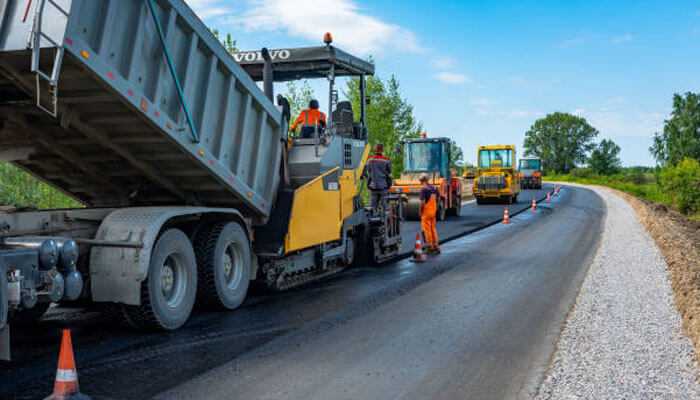For quite some time, soil cement stabilization has been known for its effectiveness in enhancing soil strength and stability across construction endeavors. This method involves blending cement, water, and soil to form a material that offers support. While the positive outcomes of soil cement stabilization are widely acknowledged, it’s crucial to delve into their implications. This article delves into the facets of soil cement stabilization, providing insights into how it impacts the environment.
1. Conservation of Natural Resources
Soil cement stabilization presents advantages compared to construction practices that heavily rely on natural resources such as gravel and aggregates. Utilizing the existing soil for stabilization reduces dependency on materials, thereby cutting down resource consumption. This sustainable approach plays a role in safeguarding resources and contributes towards curbing deforestation resulting from resource extraction.
2. Energy Efficiency
Another important aspect to consider is the energy efficiency linked with soil cement stabilization. Conventional construction methods often involve energy procedures for transporting and installing quantities of materials like gravel or concrete. In contrast, soil cement stabilization involves construction materials and simpler mixing techniques, leading to reduced energy requirements in construction projects.
3. Decreasing Carbon Footprint
In our efforts to address climate change, it is essential to implement methods that reduce carbon emissions in construction processes. Soil cement stabilization supports this objective by decreasing the need for carbon materials like aggregates and concrete. By using soil and a small amount of cement, we can significantly lessen the carbon footprint linked to transportation and production.
4. Mitigation of Soil Erosion
Soil erosion poses a risk to land management systems and can harm ecosystems and communities. Soil cement stabilization effectively tackles erosion by stabilizing soils, preventing sediment runoff from entering water sources, and thus safeguarding water quality and aquatic habitats.
5. Enhancing Soil Health
Soil serves as a critical resource housing microorganisms, playing a key role in promoting biodiversity. Excessive reliance on construction techniques can degrade soil health by disturbing its composition and functions. Nevertheless, soil cement stabilization can enhance soil health by improving its strength and stability without impacting its chemical makeup or biological processes.
6. Longevity and Resilience
The longevity of infrastructure is vital for development and minimizing the long-term environmental consequences associated with construction endeavors. Soil cement stabilization is an option to improve the durability of roads, pavements, and various construction projects. It helps extend their lifespan, leading to less maintenance needed and fewer disruptions to the environment from repair work.
7. Water Conservation
Managing water effectively is crucial for addressing water scarcity issues and reducing impact. Soil cement stabilization plays a role by offering drainage properties and preventing waterlogging problems often seen in poor soil conditions. Additionally, it aids in controlling runoff, reducing erosion risks, and preserving water resources, especially during farming.
8. Construction Waste Reduction
Traditional construction methods tend to generate a large amount of waste, including leftover materials and discarded components. This waste can contribute to pollution—overcrowding in landfills. Soil cement stabilization presents an eco solution by minimizing construction waste. Utilizing soil resources cuts down on the need for materials and ensures no excess material remains after the stabilization process.
9. Preservation of Natural Habitats
Large construction projects can negatively impact habitats, disrupting ecosystems and displacing wildlife. Soil cement stabilization helps protect these habitats by minimizing disturbances to the environment during construction activities.
Making use of the existing soil and cutting down on resource usage helps decrease the necessity for land clearing, thus aiding in the preservation of ecosystems while still providing essential infrastructure support.
Conclusion
While giving importance to infrastructure development is vital, it is equally important to protect the environment throughout the construction process. Soil cement stabilization presents an eco option that reduces reliance on resources, lowers carbon emissions, fights soil erosion, improves soil quality, ensures infrastructure longevity, conserves water resources, and more. By incorporating methods into construction projects globally, we can effectively strike a balance between development objectives and environmental conservation for the benefit of future generations.



